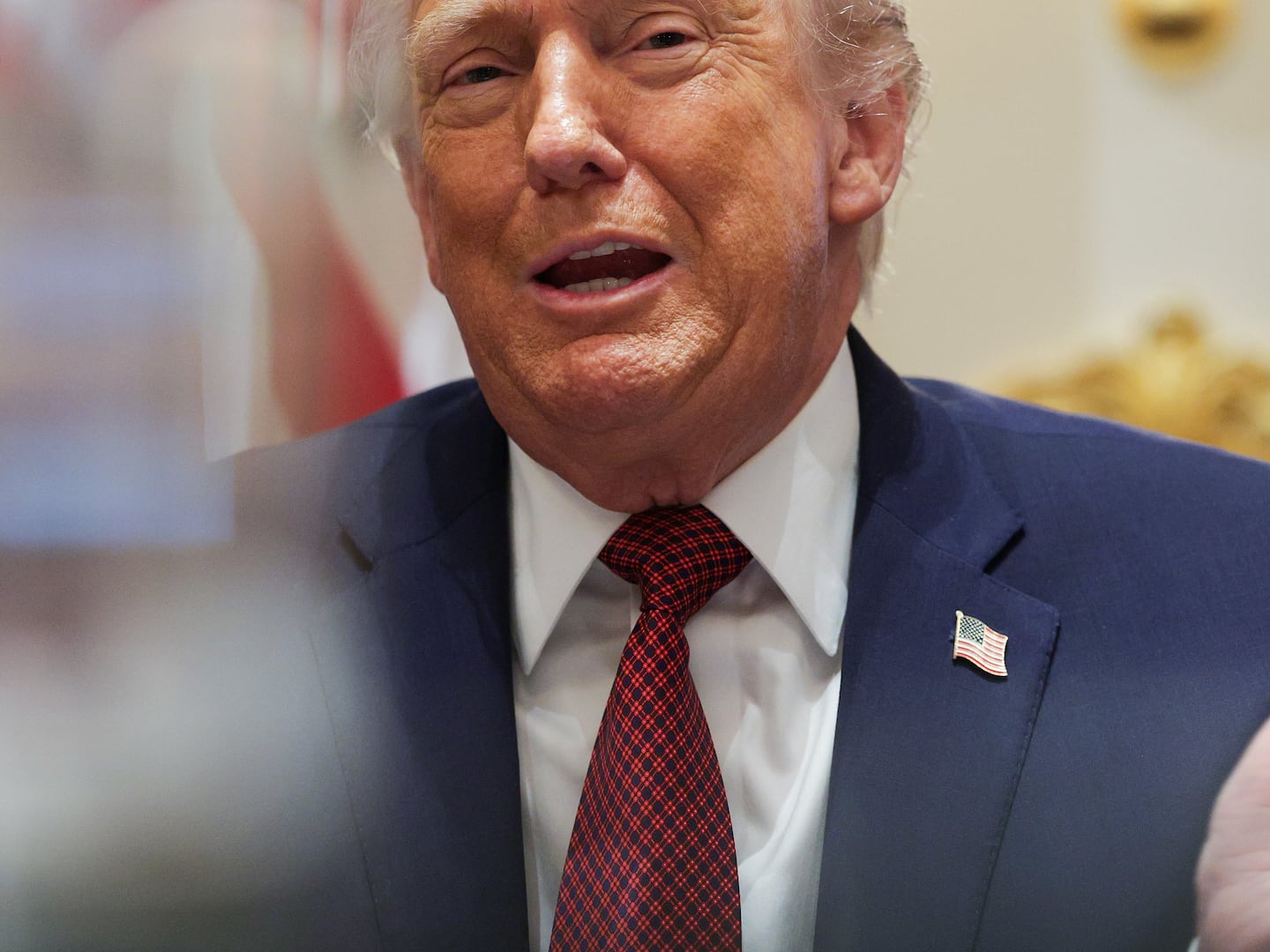It's been about 18 months since Solyndra announced that it would be filing for bankruptcy, taking a $535 million loan guarantee from the Department of Energy with it into the grave. At the time, critics (including me) argued that this might not have been a very wise use of taxpayer funds. The administration's defenders rejoindered that the loan guarantee program, which was aimed at stimulating investments in Green Technology, was in fact a roaring success. Investing in such an early stage, innovative sector put the administration in the place of a Venture Captial firm: some of the loans would go bad, of course, but the pathbreaking performance of the other firms in the portfolio would generate huge overall dividends.
When we critics asked why these companies needed so much funding, we were told it was needed to help them cross the "Valley of Death" between early stage funding and a big, lucrative IPO, where there was allegedly a big shortage of available funding. There was a hole in the venture capital market, said the program's boosters, and the government was needed to fill it.
Overall, three firms have already gone bankrupt. Now we can probably add a fourth: Fisker Automotive, an electric car manufacturer, seems to be teetering on the edge of bankruptcy, which means that we are probably going to lose a big chunk of the nearly $200 million worth of loans that the US government guaranteed for the company. (The guarantee was originally much larger, but the administration pulled the plug when Fisker continually failed to meet its targets.) This seems to be a good time to check in: how's our money doing.
Before we go any further, though, we should get clear on one thing: these loans were always going to have a low default rate, because the majority of the money was given to large companies with big balance sheets. Ford and Nissan alone account for around 20% of the total loan programs. These loans are very unlikely to default, but for precisely that reason, it's hard to see why government assistance was needed . . . except to encourage companies to invest in a project that has a low likelihood of becoming a big success.
Other recipients of government funds include the North American subsidiaries of Russian steel giant Severstal, state-owned French nuclear power company Areva, and Total SA, another French company. But don't worry that large American corporations were left out: US power companies like Southern and Exelon also got big loans. Overall, almost three quarters of the loans went to companeis with market capitalization over $5 billion--itself a pretty generous threshold for "large, established firm". These are firms that have ample access to the capital markets if they want to fund investments in clean energy, which tells us one of two things: either they pocketed a loan subsidy from the US taxpayer, or they used taxpayer guarantees to fund projects whose prospects were too dim to get funded without a subsidy.
The remaining funds, about 27%, went to small companies like Tesla, Fisker, and Solyndra. (This was slightly higher, but after the Solyndra debacle the DOE seems to have slow-walked its final approvals, and two companies found funding elsewhere rather than wait. The Valley of Death doesn't necessarily seem to be all that deadly.)
These are legitimately classed as VC-style investments, and indeed, many of these firms are still living on VC funding. How are those loan programs doing? I decided to spend the morning taking a look.
Let me note that all of this is a bit speculative, because most of the small firms are private, which means that you tend to hear about problems only when they're seeking funding, or when their auditor issues an embarassing opinion that they're probably going to go broke soon. I ranked companies as best I could according to some basic metrics: 1 if they're already bankrupt; 2 if they're clearly close to bankruptcy; 3 if they seem to be losing money, but not insolvent; and 4 if they're probably making money. And I tried to give companeis the benefit of the doubt, so if they had been around for a while and no one was screaming that they were close to bankrupt, I rated them a 4.
To be sure, there will still be quibbles. First, there may be people with information that I couldn't find pointing to companies being healthier, or less healthy, than I've ranked them. And second, company status may change: Tesla is predicting that it will soon turn a profit, but it's still ranked a 3, because its audited public financials show it making a loss. On the other hand, Brightsource is reportedly scrambling for cash, and I rated them a four, because they seem to be fairly stable.
At any rate, here are the results:
Of the actual risky VC-style companies, about 20% are either in bankruptcy, or look very likely to be there soon--15% if you adjust for the fact that Abound and Fisker didn't managed to tap their whole credit line before the government shut them down. The bankrupt ones are outlined in red, while the tottering ones have orange outlines. The medium-green firms are the ones who seem to still be losing money, but not in active trouble. The remaining few companies in the light green area--who got the bulk of the loans--are more established firms with what seems to be a relatively stable cash flow.
Is this good news or bad news for the DOE program?
For now, you can spin it either way. If those 3s turn into 2's and 1's, then it will be clear that this whole program was a giant, wasteful mess. If they turn into 4's, then the program's supporters will triumphantly point to them as evidence that the loans worked.
But when I look at the overall pattern of spending, I have to say no, this wasn't a good program. Regardless of what happens to US Geothermal, we will have spent an extraordinary amount of money subsidizing companies that are perfectly able to get loans on their own.
Even among the small companies, there are some investments that don't seem likely to help us win the future. There is almost $500 million for projects in the state of Nevada, including $343 million for the construction of a power transmission line, which is not usually thought of as the sort of bleeding edge, speculative venture requiring massive government subsidies. The rather thin justification offered is that some of the power the transmission line will carry will come from renewables. The question of which powerful Senator may or may not have influenced these choices is left as an exercise for the reader.
At best you can argue that this should have been a $10 billion program, and not a $36 billion program. But if this were a $10 billion program, we wouldn't be celebrating its low default rate. We'd be worried that only a few years after the money was disbursed, almost 20% of our initial loan guarantees were already in trouble.
This post has been updated to reflect undisbursed loan amounts.





